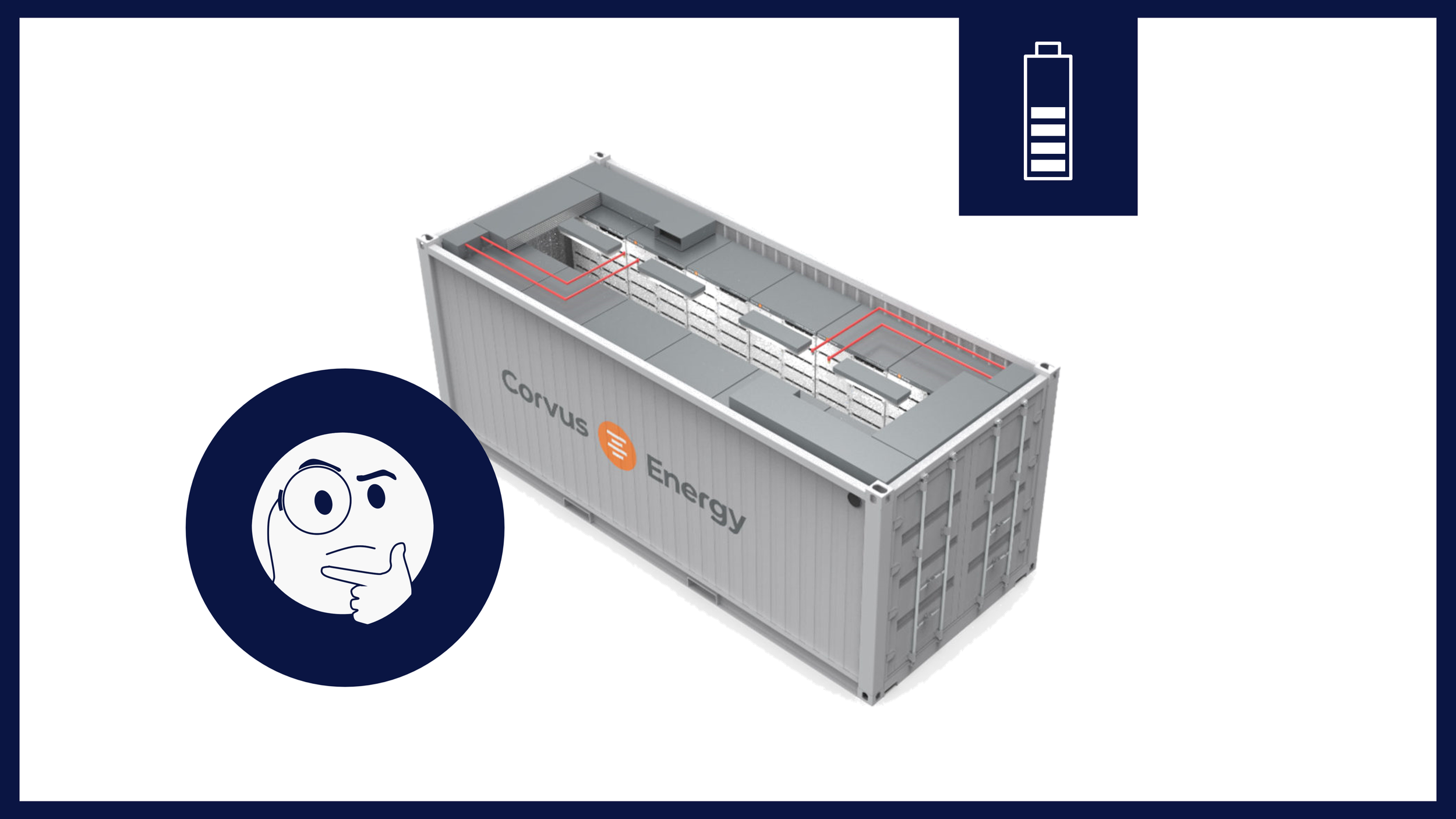COSCO 700 TEU Full Electric Container Ship
On July 26 2023, COSCO Shipping launched a 700TEU electric container vessel at COSCO Shipping’s No.1 Heavy Industry Shipyard at Yangzhou. The 120 meter long ship has a fully electric drive with 1,800 [kW] of total installed power. It is able to swap battery packs en route, enabling it to covering over 600 nautical miles of routes on the Yangtze River fully electrically without having to moor and recharge.
Total costs for the battery pack are estimated at €16-€25M, which could be reduced as certain propulsion equipment is not required. Use the Decarbonizer below to adjust fuel and cost parameters and get an indication of what the operating costs of a full electric vessel would be.
Main Vessel Specifications
The N997 as it is called now offers space for 700 standard 20 ft sea containers (TEU) and has two propulsion motors with a capacity of 900 [kW] each, providing a total of 1,800 [kW] of power. The vessel is a 10,000-DWT specific route river/coastal vessel - or feeder ship type - with a length of 119.8 [m] and a moulded beam of 23.6 [m]. It has a design draft of 5.5 [m] feet to provide good manoeuvrability along the Yangtze river, designed to sail a route stretching more than 600 miles along the river and to the sea.
Chinese shipbuilders have more experience with electric ships, and launched an electric cargo ship in 2017 intended to carry coal to a power plant. The big difference is that that ship only had a range of 80 kilometres. Due to the interchangeable batteries, the N997 can travel hundreds of kilometres.
More on the way
During the float-out ceremonies, officials said the N997 was the first batch of green zero-carbon ships and would serve as a pilot for future projects. Construction on N998, the second vessel of the class, began in May 2023. it will be operated by Shanghai Pan Asia Shipping, a subsidiary of COSCO, on the Yangtze from Shanghai to Wuhan.
COSCO Shipping is a founding member of the China Electric Ship Innovation Alliance. The China Electric Ship Innovation Alliance boasts an impressive roster of over 80 founding members, encompassing a diverse array of industries crucial to the advancement of electric ship technology. Among these members are experts and companies specializing in electric-powered propulsion, vessel design and construction, port and terminal operation, science institutions, electric-power battery suppliers, and industry investment and financing.
Battery Capacity
The ship is equipped with 36 swappable battery packs - 20 ft sea containers - that thus take up a volume of approximately 1,200 [m3]. This is equal to 5% of total cargo volume, comparable to similar vessels of its class. No further details have been found on the battery pack size. According to the Maritime Executive however, when the project was unveiled last year, COSCO said the containerized batteries would be the size of a 20 ft container with a capacity of 50,000 [kWh].
It is assumed this is total installed capacity, which would be virtually equivalent to the Yara Birkeland who has 7,000 [kWh] installed capacity but transports a total of 100 TEU or one seventh of the N997. It would seem that roughly 70 [kWh] per TEU is required for shipping.
Emission Reduction and Costs
According to COSCO Shipping Heavy Industry, the electric propulsion ensures a CO2 reduction of 32 [mT] per 24 hours of operations compared to a fossil container ship of the same dimensions. This is close to what is estimated via the Decarbonizer, in which 28 [mT] of emissions per day sailing is calculated based on available data. Total cost for the battery pack is estimated at €16M - €25M.
References
COSCO - COSCO Shipping Launches 700TEU Electric Container Ship
The Maritime Executive - China Launches First 700 TEU Electric Containership for Yangtze Service
Change.inc - Volledig elektrisch containerschip met verwisselbare batterijen te water gelaten in China













